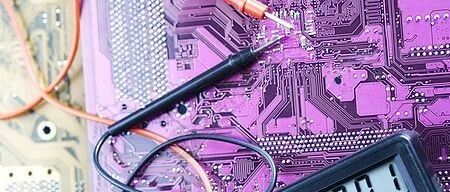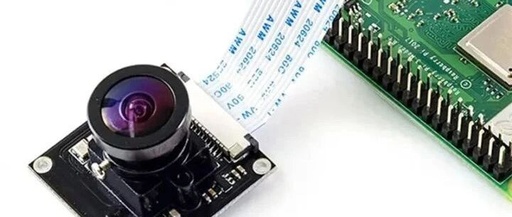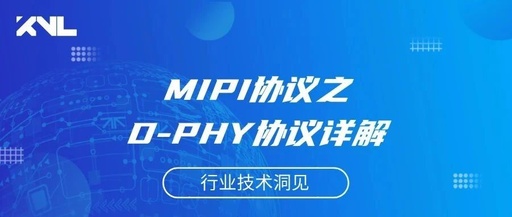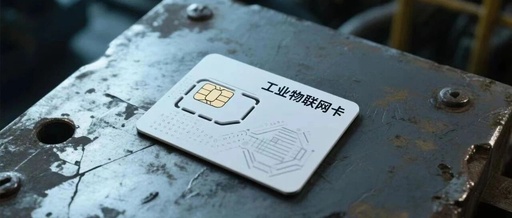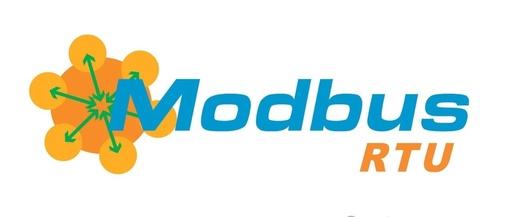The Data Dilemma in Semiconductor Testing and Its Importance (Part 1)
In today’s semiconductor industry, machine learning (ML) is no longer just a buzzword but a necessity for operations. From optimizing testing processes to identifying device drift, and executing VMIN or fine-tuning advanced analytics, ML-based applications are increasingly being used to improve yield, enhance quality, and reduce testing costs. However, there is a problem. To make … Read more
